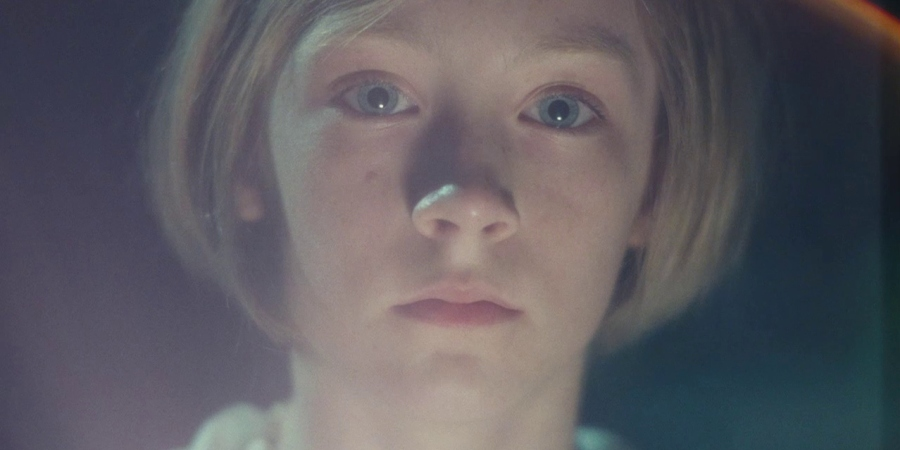Deep Focus
I really enjoyed doing this assignment, it was definitely a challenge but preparing the whole set made it more enjoyable. One of the biggest challenges, for example, was soft focus. It's a bit ironic because I thought it would be the easiest of the three – I thought it was just a little Vaseline through the lens – but I was wrong; Soft Focus was a technical challenge, as the lens was covered (with Vaseline) it was very difficult to make the elements of the composition visible or to focus on them. Not only focus the elements was difficult, but also the light, for example, the photographs were very bright, my solution was to clean the lens and place a minimum amount of Vaseline and also adjust the light in the settings of the phone.
On the other hand, shallow focus was not easy either, the biggest challenge I faced was to focus the main subject of my composition without losing the narrative of the background. For example, in my first shots the background was very blurry because I don't know how to use the camera tools, then I realized -although it is embarrassing to admit- that I could fix that problem simply by touching the element I wanted to highlight/focus on. After solving that, everything went smoothly.
Last but not least, Deep focus. It's funny because I was
very stressed trying to understand this one and it ended up being the easiest
to do -I hope my example is good- and one of the ones I enjoyed the most. After
reading the article and watching the videos I was a little confused, according
to what I understood "Deep focus" would be the entire narrative
panorama within the same frame/shoot, that the audience has the opportunity to
explore the entire frame. In order to capture all the narrative I wanted to
express, I first made sure that all the elements are in focus on the frame,
then I tried to tell a story with the elements I had (a dinosaur devouring a
fish near the audience and another fish far behind because it is scared because
it knows it will be next one to be devouring). I'm a little disappointed
because even though it was easy to do I still feel like I could have done it
better.
Overall, I liked most of the results and I really enjoyed
doing the set, I feel that with each post I learn more even if it is stressful.


































